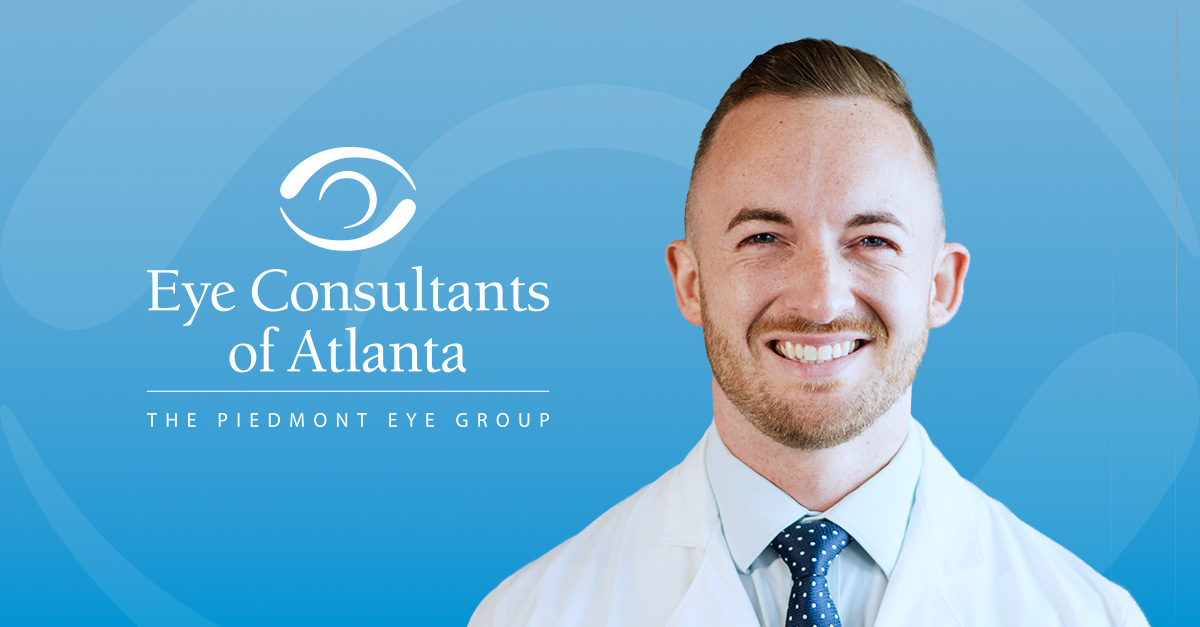Ask Dr. Ryan Oliver about the most important aspects of ophthalmology, and patient communication rises to the top of the list. A strong physician and patient dynamic is essential, he says, when crafting patient-tailored treatment.
For Dr. Oliver, examining a new patient starts with a conversation. He begins by asking them what brought them in and what he can do to help.
“Somewhere between 70 and 90% of diagnoses can be made by simply listening and asking good questions,” Dr. Oliver explains. “I think of comprehensive ophthalmology as the first line of defense in medical and surgical eye care. A thorough and complete exam is important to help cinch the diagnosis and make sure we don’t miss anything else important.”
Since each eye and each patient are unique, Dr. Oliver spends time explaining the specific diagnosis and its significance. He digs deep, assessing the patient’s goals, which helps dictate the direction they will take. Additionally, Dr. Oliver gives the patient the opportunity to ask questions before they reach a treatment plan together. These plans differ from patient to patient.
“Take cataract surgery, for example,” he says. “If I take the same eye measurements on two different patients, both who have cataracts, I may select completely different lenses based on what the patients tell me their goals are. Some patients rely more on distance vision used for things such as driving and golfing. Other patients may be avid readers or love to paint. Some people rely on sharp visual clarity, while independence from glasses is more important to others. These desires help guide the direction of the treatment.”
Sometimes unique patient needs require Dr. Oliver to come up with creative solutions. For instance, a patient with advanced glaucoma had surgery on one eye, but wanted to delay surgery on the second. She was concerned, because she needed both eyes in order to do her job. However, due to blind spots, she could only use one eye at a time with her glasses since surgery.
“Working together, we were able to get her fitted with a contact lens that allowed her to use both eyes together,” Dr. Oliver remembers, “and she was able to continue working until she got the second eye surgery done, which remedied the situation. It was rewarding to develop a plan specific to her needs that allowed her function at work and eventually achieve her best possible vision.”
These solutions, he says, come to life thanks to clear communication between he and his patients. Open dialogue allows him to better navigate the possibilities, likely resulting in positive outcomes.
“Connecting with patients is not only important to successful treatment, but it’s incredibly gratifying,” Dr. Oliver says. “To be able to clearly communicate with a patient, understand where they’re coming from, and help meet their needs is one of the best parts of my job.”

